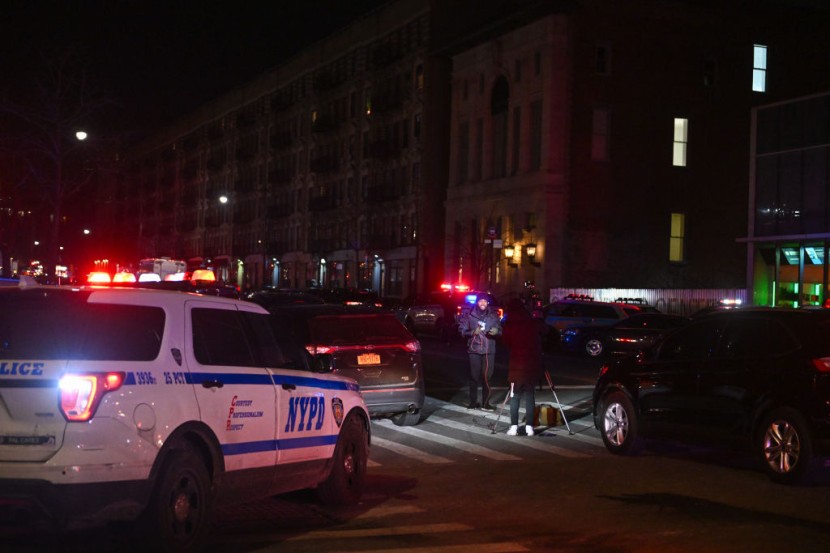
Christopher Pray, an escaped inmate from Oregon State Hospital (OSH) labeled "extremely dangerous" by law enforcement, was arrested and stuck to his armpits in muck in North Portland on September 1.
This incident made the terrifying escape of a dangerous offender public, which raised concerns about the safety and management of mental health facilities in the state.
Escaped Oregon State Hospital Inmate Christopher Pray
The terrifying incident started at 8:17 a.m. when Portland Fire & Rescue and the Portland Police Bureau received a report of a possible body in a pond near North Force Avenue and North Victory Boulevard.
Responders found Pray engulfed in the dangerous terrain up to his armpits, buried in the mud about 75 feet from a solid surface. After a complicated rescue mission, he had to be freed using ropes and ladders. It took this rescue operation almost an hour to successfully accomplish.
Pray was taken to Legacy Emanuel Medical Center for a comprehensive checkup after being saved. However, he gave hospital staff a false name to hide his genuine identity. An alert employee called the Portland Police Bureau after noticing a similarity to Christopher Pray.
As soon as they arrived, Pray's identity was established, and PPB swiftly detained him after being arrested. Just two days had passed after Pray's dramatic escape from the Oregon State Hospital on August 30 at about 10:45 p.m., when the perplexing episode occurred.
The early reports of his escape were incredible, claiming that Pray had managed to flee while being tied with leg shackles, a belly chain, handcuffs, and a restraint connecting all three. According to a statement sent to KATU by an Oregon State Hospital spokesman regarding the escape, Pray had a altercation with another OSH patient on August 30 that required a trip to the emergency room of a nearby hospital.
Pray was able to gain control of the OSH transport van-the identical white 2016 Dodge Caravan stated in the initial release-when he returned to OSH at about 10:30 p.m. and made a daring escape.
After taking the transport van, Pray started driving south on Interstate 5, which prompted a police chase.
Unfortunately, the safety concerns forced the end of the pursuit, leaving Pray and the stolen car on the run, as per CNN.
Missing Details Raise Questions Amidst Grave Concerns
Details about the guards or OSH employees who were likely with the transfer van when Pray escaped were noticeably missing from official accounts. In light of Pray's criminal record and the nature of his alleged acts, the consequences of his escape are incredibly severe.
He was being held on suspicion of attempted murder, assault, robbery, and other major offenses, all of which had led Oregon State Police to label him "an extreme danger to the public."
His most recent accusation concerned a gun-related attempted homicide that harmed a Portland lady he was accused of robbing. Surprisingly, Pray's lengthy criminal history was unknown to the public for almost a full day after his breakout.
There are many unanswered questions regarding the delay in making this important information public, and a state hospital official has neglected to provide any justification for this omission.
The escape and subsequent capture of Christopher Pray raises significant questions about the safety precautions taken at mental health facilities like the Oregon State Hospital. It emphasizes the need for a comprehensive inquiry of Pray's escape circumstances and whether security protocol violations let such a dangerous person flee despite being restricted.
This incident also emphasizes how crucial openness is when informing the public about potentially harmful people in general. Public safety can be ensured and cooperation with law enforcement activities facilitated by timely and accurate information distribution.
It is crucial that lessons are taken from this episode to stop similar incidents from happening again in the future, especially as Christopher Pray faces legal repercussions for his escape and the allegations that are still pending against him.
For all relevant authorities and institutions, public safety and the security of mental health facilities must continue to be top priorities, according to Katu.








